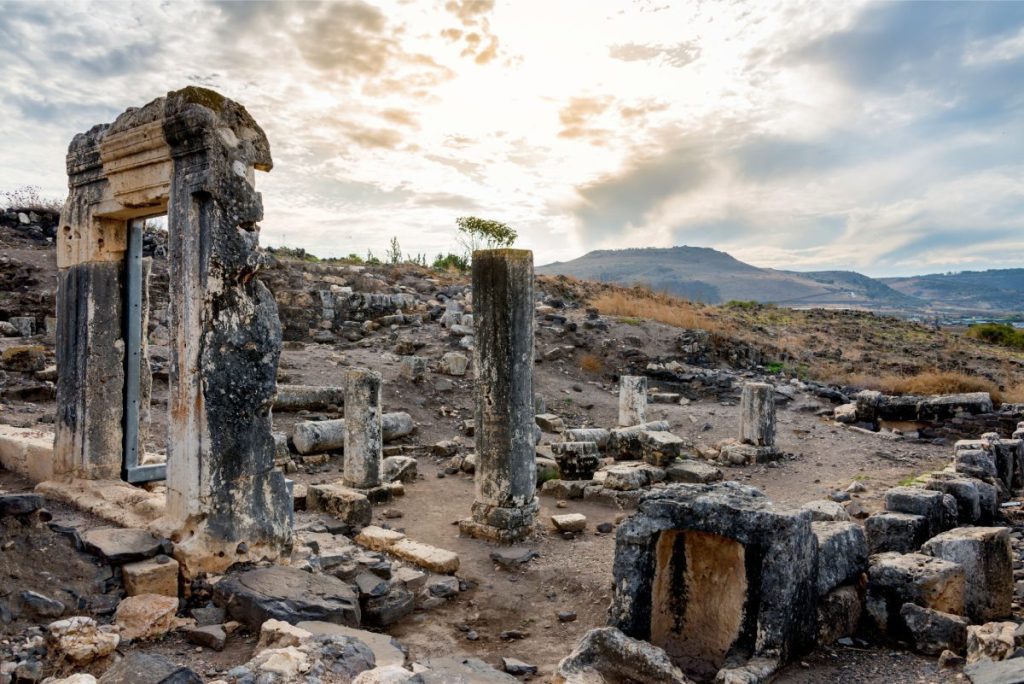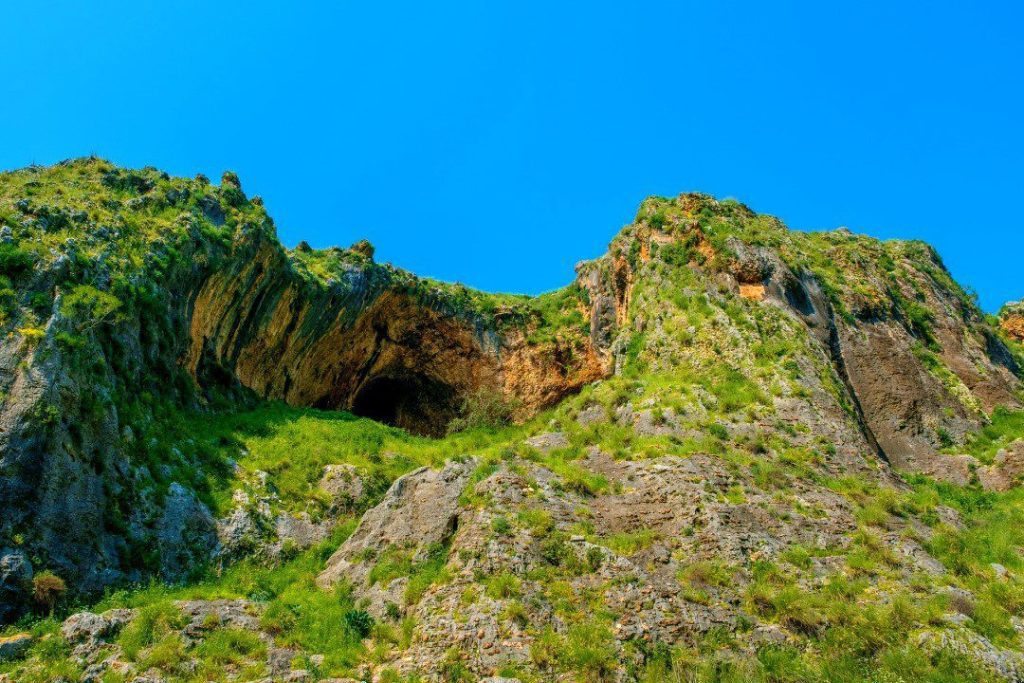So the Galilee Region is an amazing region to tour! I’ve compiled the very best guide for the Galilee region; for those planning to explore the area. The Galilee is a fertile, mountainous region that has many sites to visit. The very first site I would like to start with is Mount Arbel National Park.

THE RUINS OF THE ANCIENT SYNAGOGUE AT MT. ARBEL
In fact, Arbel was a Jewish settlement that existed from the end of the Hellenistic period in the Land of Israel and its peak was in the Roman and Byzantine periods in the days of the Mishnah and the Talmud. The settlement is located in the Arbel Valley; in the area where Moshav Arbel is located today. Furthermore, a number of remains remain from the ancient settlement, the main ones being the remains of a synagogue located north of the moshav and it is part of Arbel National Park.
Very Best Guide for the Galilee: The Prehistoric Period
The human settlement in Galilee is ancient. In fact, there is ample evidence of settlement in Galilee as early as the Stone Age in caves and open-air sites. For example, one of the earliest archeological sites in Israel is the Evron quarry near Kibbutz Evron. So at this site elephant bones and other extinct animals were discovered along with dressed stone tools typical of the ancient illusory culture of the Lower Paleolithic period and it is dated to about a million years before our time. Also at the Acheulean site, the Banot Yaakov Bridge in the Upper Jordan Valley; which is about 790,000 years old, the earliest evidence of fire control and the slaughter of straight-headed elephants and other animals was discovered.
At a later stage of the Lower Paleolithic period, about 300,000 years ago, he lived in the Zotiya cave in Nahal Amud; the Galilean man, a member of the Acheulo-Yabrudian complex. During the Middle Paleolithic period (the Mousterian culture, 250,000 – 45,000 years before our time; two species of humans existed in the Galilee: Neanderthal man and modern man (Homo sapiens). Neanderthal tombs were discovered in Amud cave, About 55,000 years. A similar settlement of Homo sapiens was discovered in a cave on Mount Precipice; which is one of the earliest pieces of evidence of its presence outside Africa and is about 100,000 years old.
The 55,000-year-old modern human skull recently discovered in Manot Cave suggests that the two human species may have coexisted in the Galilee in the late Paleolithic period. Camps of Homo sapiens groups from the Upper Paleolithic period (c. 47,000–23,000 BC) were discovered in a Cave on Mount Precipice, Manot Cave, and Hayonim Cave.

THE SKUL OF THE SKELETON FOUND AT AMUD CAVE
Very Best Guide for the Galilee: The Second Temple Period
During the Second Temple period, the Jewish community in Galilee was very fertile. Josephus Flavius wrote that there were 204 cities and villages in Galilee (in 67 CE). After the Great Revolt and the Bar Kochba Revolt – the center of gravity of the Jewish people in the country moved from Judea to the Galilee; where the Sanhedrin moved. In Tzipori in Galilee, Rabbi Yehuda Hanasi signed the Mishnah; and in Tiberias, the Jerusalem Talmud was signed. Many dozens of synagogues from the Talmudic period were located throughout Galilee, especially in the Sea of Galilee area.
If it’s some point you’re looking for a nice place to have a nice lunch you should check out my post about the Best Restaurants in Galilee.


